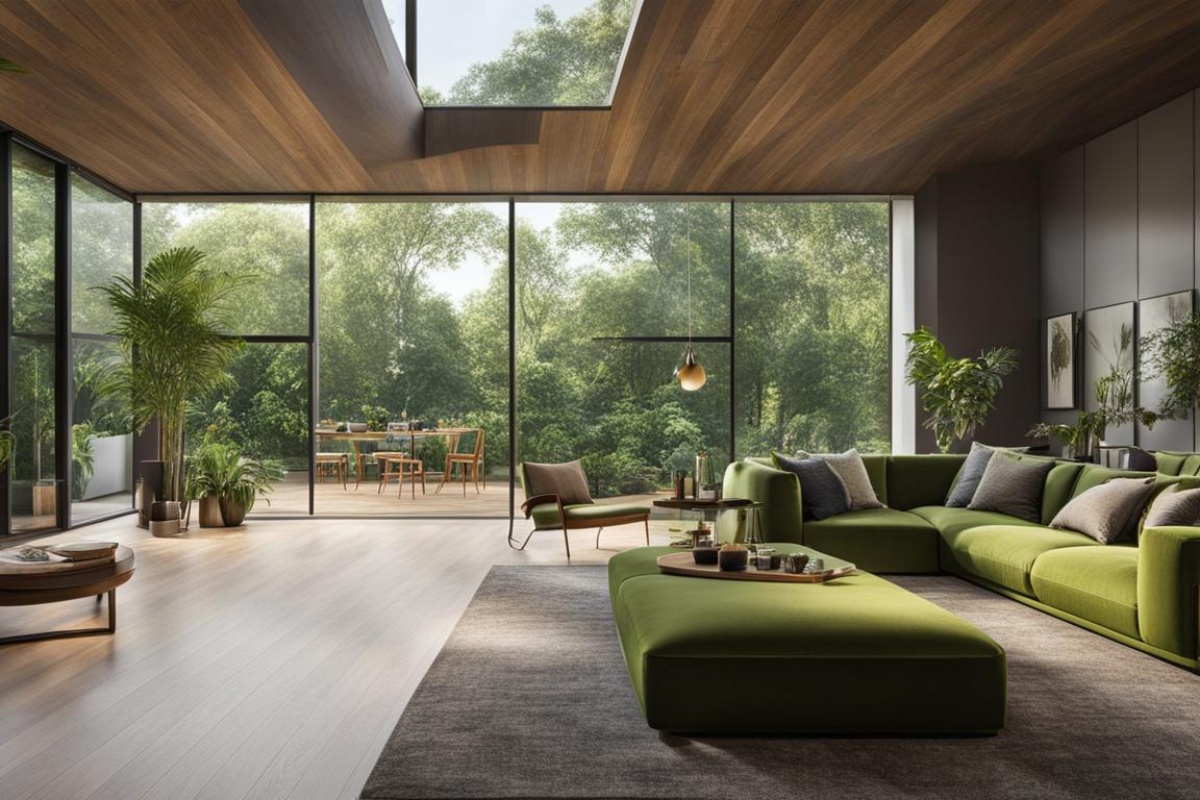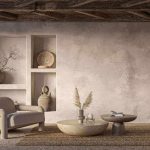One of the core principles of biophilic design is the use of natural light. Maximizing sunlight in a space not only improves mood but also boosts productivity. Large windows, skylights, and open floor plans can help bring the outdoors inside, creating a seamless transition between the interior and exterior. When planning your space, consider the orientation of windows and the placement of reflective surfaces to enhance natural light flow. This connection to the outside world can significantly improve mental clarity and emotional well-being.
Incorporating greenery is another essential aspect of biophilic design. Houseplants can transform any room into a serene oasis while purifying the air and promoting a sense of calm.
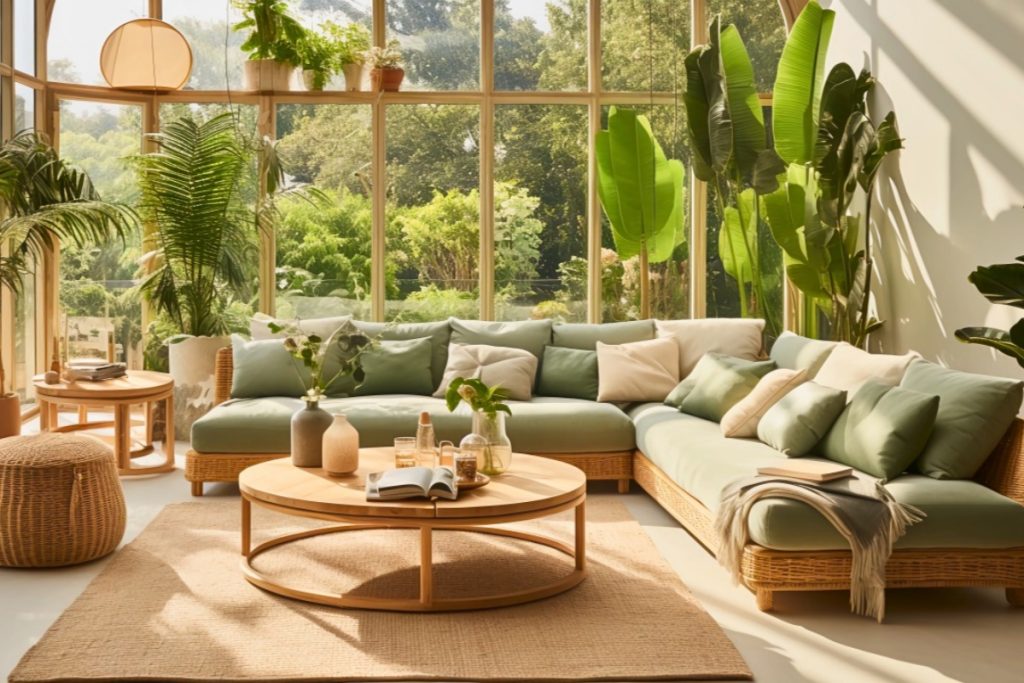
Consider selecting a variety of plants that thrive indoors, such as snake plants, pothos, or peace lilies. Vertical gardens or living walls are also excellent options for maximizing space and creating a stunning focal point. The presence of plants not only enhances the aesthetic appeal of your home but also fosters a connection to nature that can reduce stress and anxiety.
Natural materials play a crucial role in biophilic design as well. Using wood, stone, and other organic materials can create a warm and inviting atmosphere. These elements add texture and depth to your space, making it feel more grounded and connected to the earth. When selecting furnishings and decor, look for sustainable options that reflect the beauty of natural materials. Reclaimed wood furniture or stone accents can provide a unique character while contributing to an eco-friendly environment.
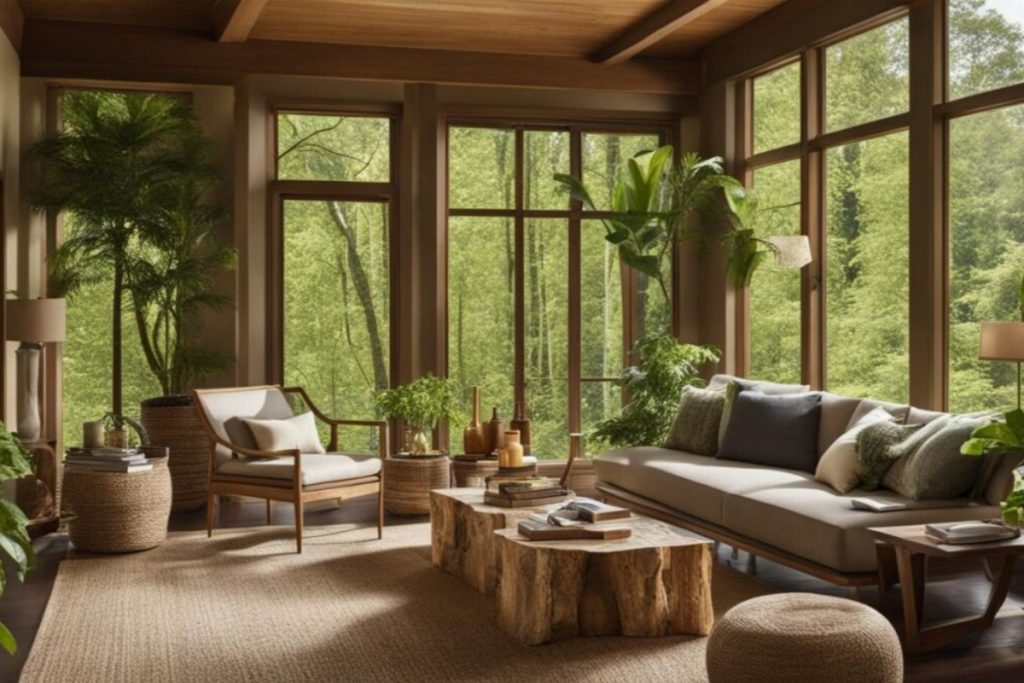
Sound is another often-overlooked aspect of biophilic design. Incorporating natural sounds, such as water features or wind chimes, can enhance the sensory experience of your space. Consider adding a small indoor fountain or placing a bird feeder outside your window to invite the soothing sounds of nature into your home. These auditory elements can promote relaxation and create a peaceful ambiance that encourages mindfulness.
Lastly, the concept of biophilic design extends beyond just aesthetics; it also encompasses the layout and flow of a space.
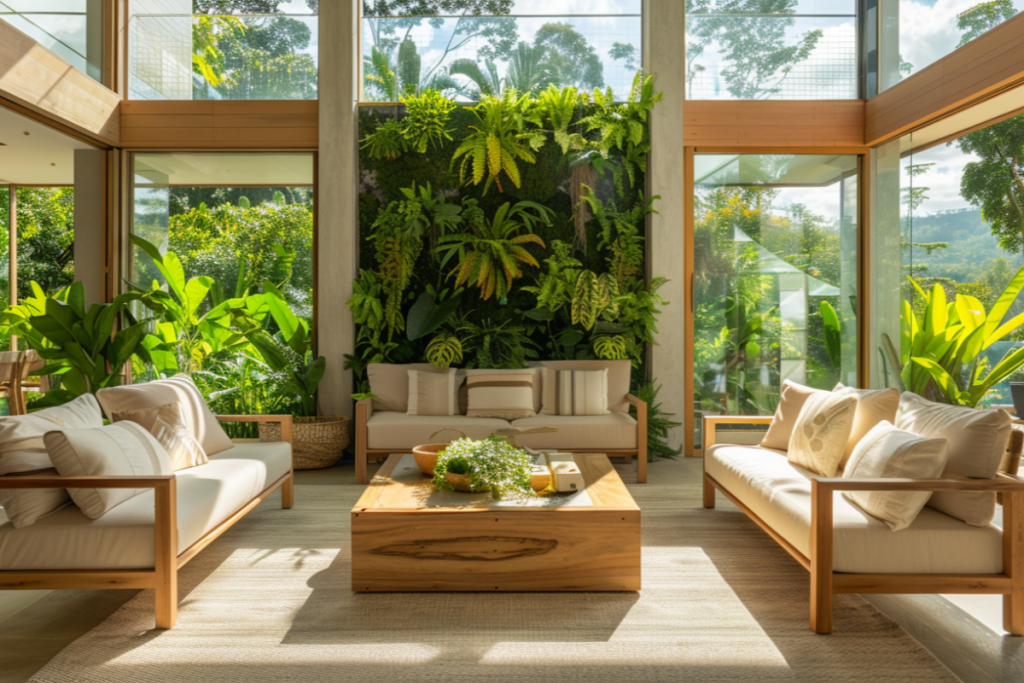
Creating areas that encourage social interaction and connection with family and friends can enhance the overall living experience. Open-concept layouts that facilitate movement and conversation can foster a sense of community and belonging within the home.
Biophilic design is more than a trend; it is a lifestyle choice that encourages a deeper connection with nature. By thoughtfully incorporating natural light, greenery, organic materials, and soothing sounds, you can create a living space that promotes well-being and tranquility. Embracing this design philosophy not only enhances your home’s aesthetic appeal but also contributes to a healthier, more balanced lifestyle. As you explore the possibilities of biophilic design, consider how these elements can transform your environment into a sanctuary that nurtures both body and mind.

